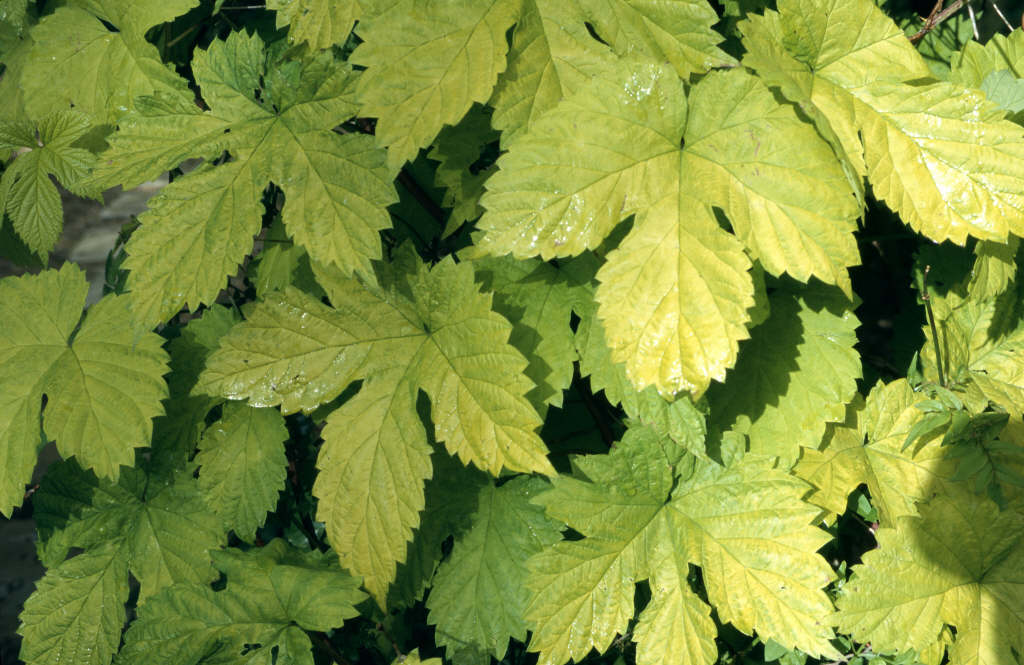Size
Ultimate height
4–8 metresTime to ultimate height
2–5 yearsUltimate spread
1.5–2.5 metresGrowing conditions
Moisture
Moist but well–drainedpH
Acid, Alkaline, NeutralColour & scent
| Stem | Flower | Foliage | Fruit | |
| Spring | Yellow | |||
|---|---|---|---|---|
| Summer | Green Yellow | Yellow | ||
| Autumn | Brown | |||
| Winter |
Position
- Full sun
- Partial shade
Aspect
South–facing or West–facing
Exposure
Sheltered Hardiness
H6Botanical details
- Family
- Cannabaceae
- Native to GB / Ireland
- No
- Foliage
- Deciduous
- Habit
- Climbing
- Potentially harmful
- Skin irritant/allergen. Wear gloves and other protective equipment when handling TOXIC to pets if eaten (dogs) - see the HTA guide to potentially harmful plants for further information and useful contact numbers
- Genus
Humulus are vigorous herbaceous climbers with rough, twining stems, deeply palmately-lobed leaves and small green flowers, male and female on separate plants
- Name status
Accepted
How to grow
Cultivation
Ideal for growing up trellis or over an arch in a sheltered position. It will tolerate partial shade but a sunny place will produce the best leaf colour so long as the soil does not dry out
Propagation
Propagate by softwood cuttings or semi-hardwood cuttings
Suggested planting locations and garden types
- Cottage and informal garden
- Wildlife gardens
- City and courtyard gardens
Pruning
Pruning group 7 or cut down in autumn like an herbaceous perennial
Pests
May be susceptible to aphids and glasshouse red spider mite
Diseases
May be susceptible to downy mildews
Get involved
The Royal Horticultural Society is the UK’s leading gardening charity. We aim to enrich everyone’s life through plants, and make the UK a greener and more beautiful place.
